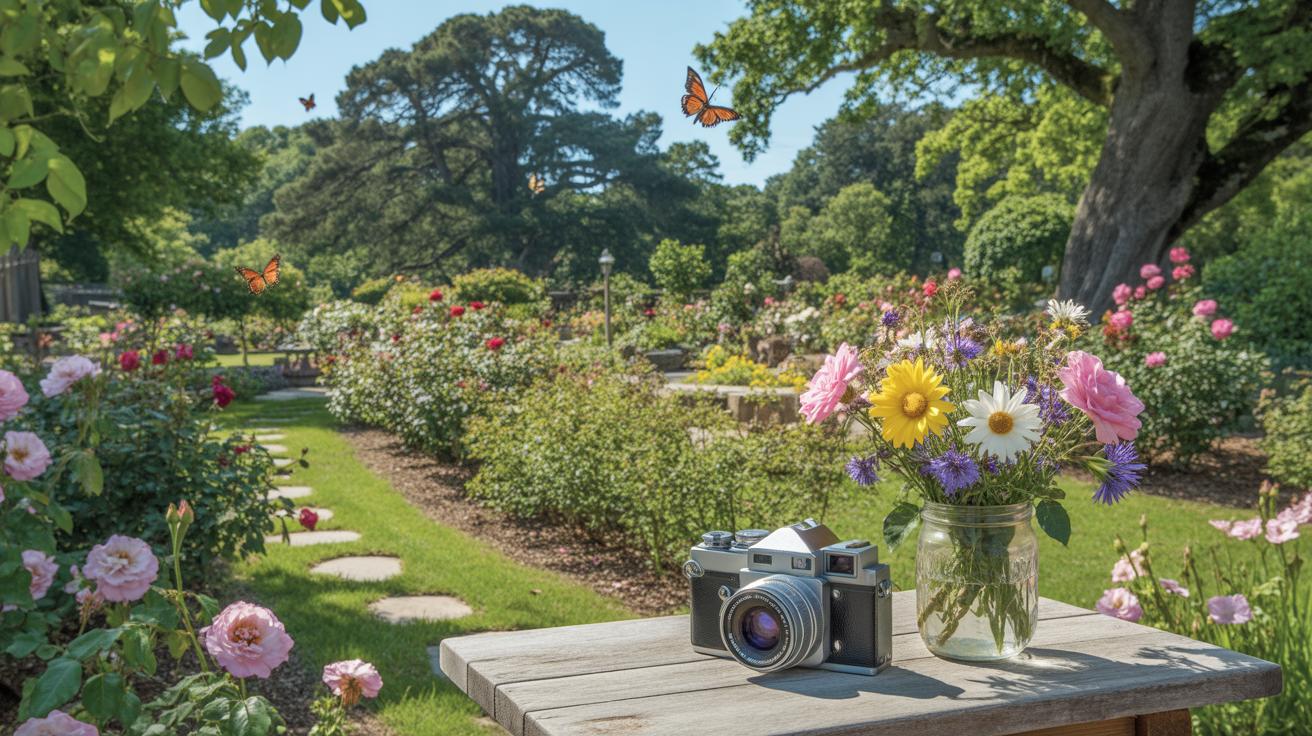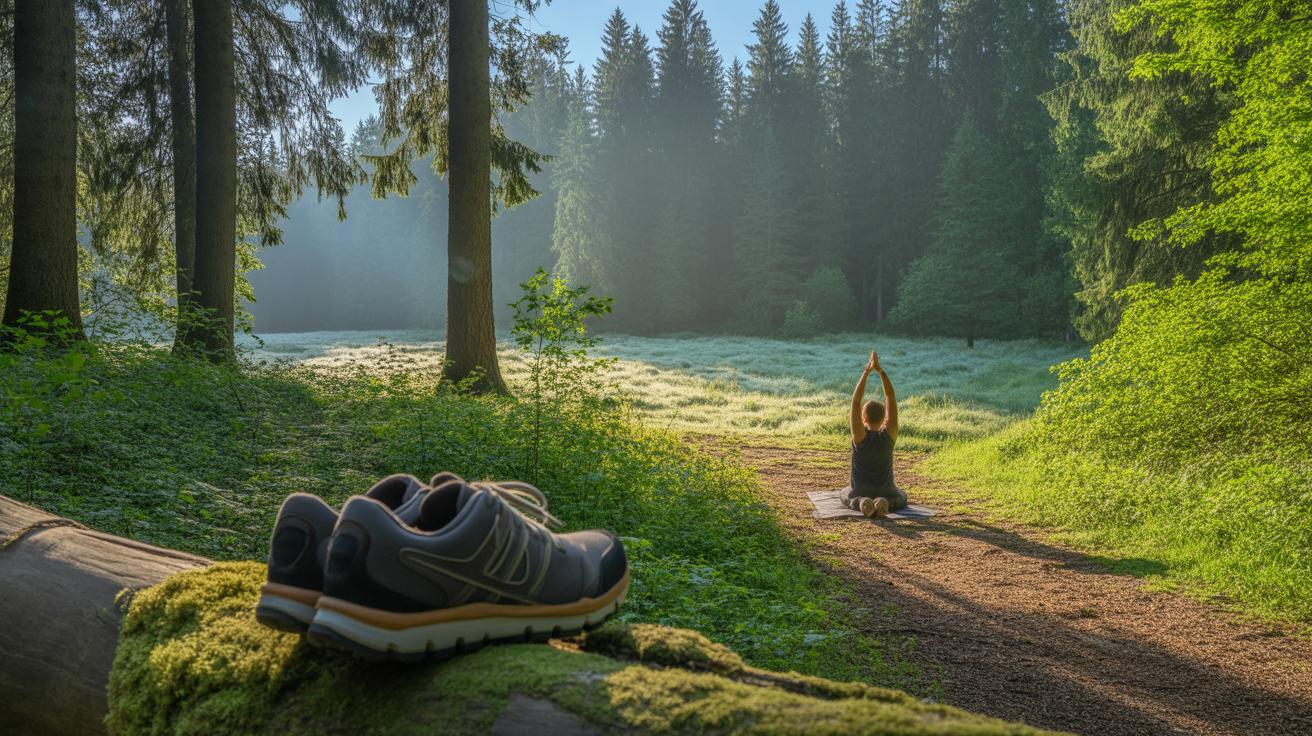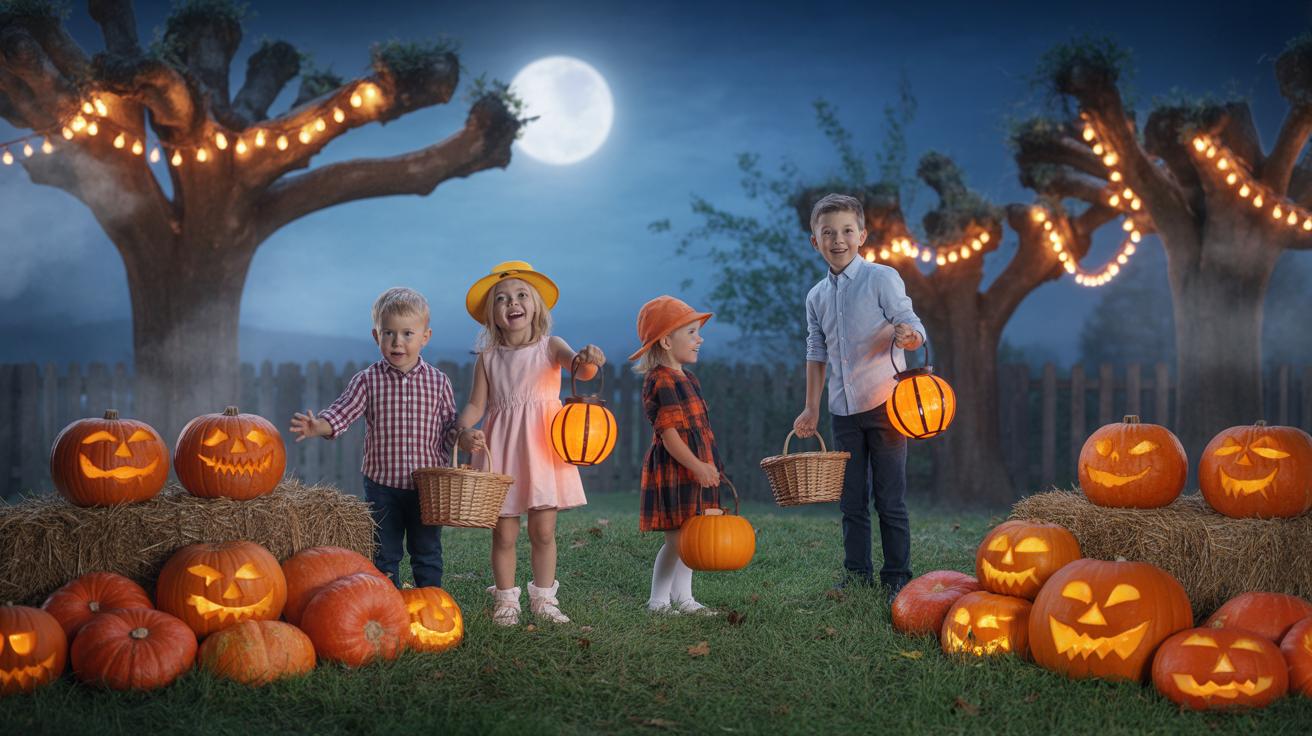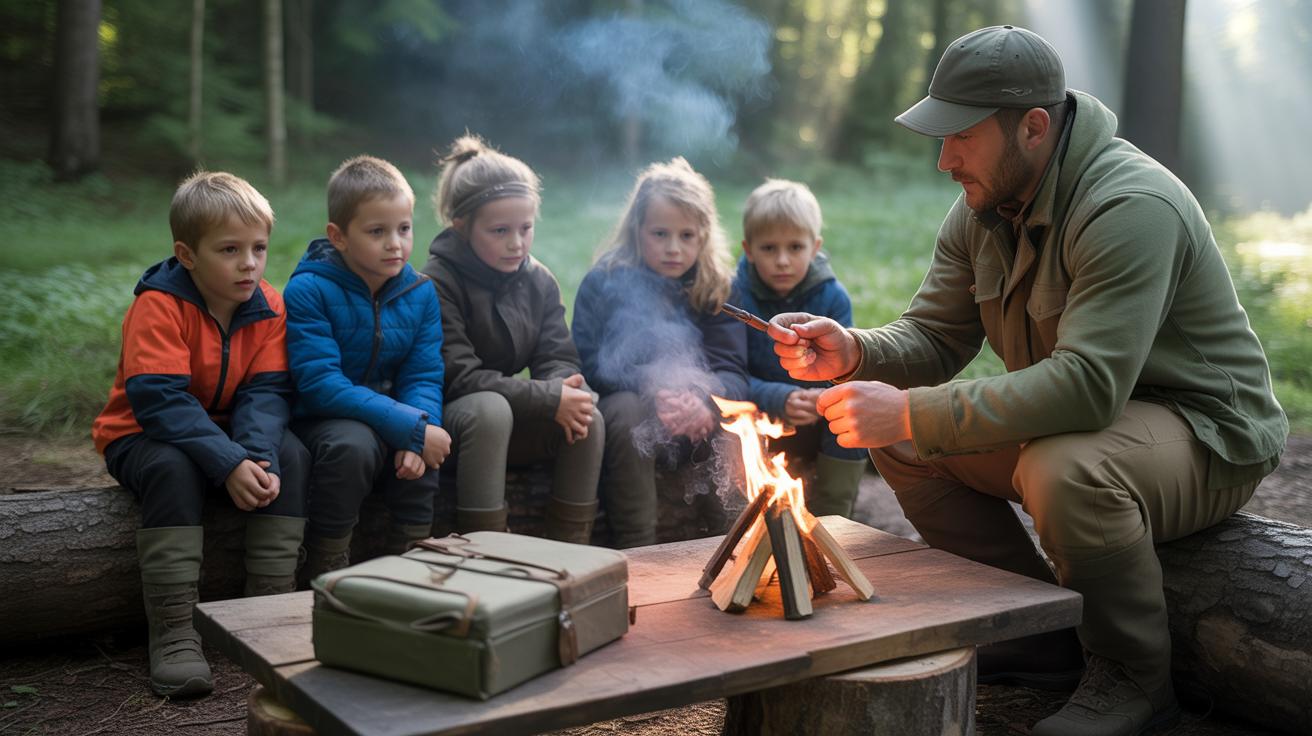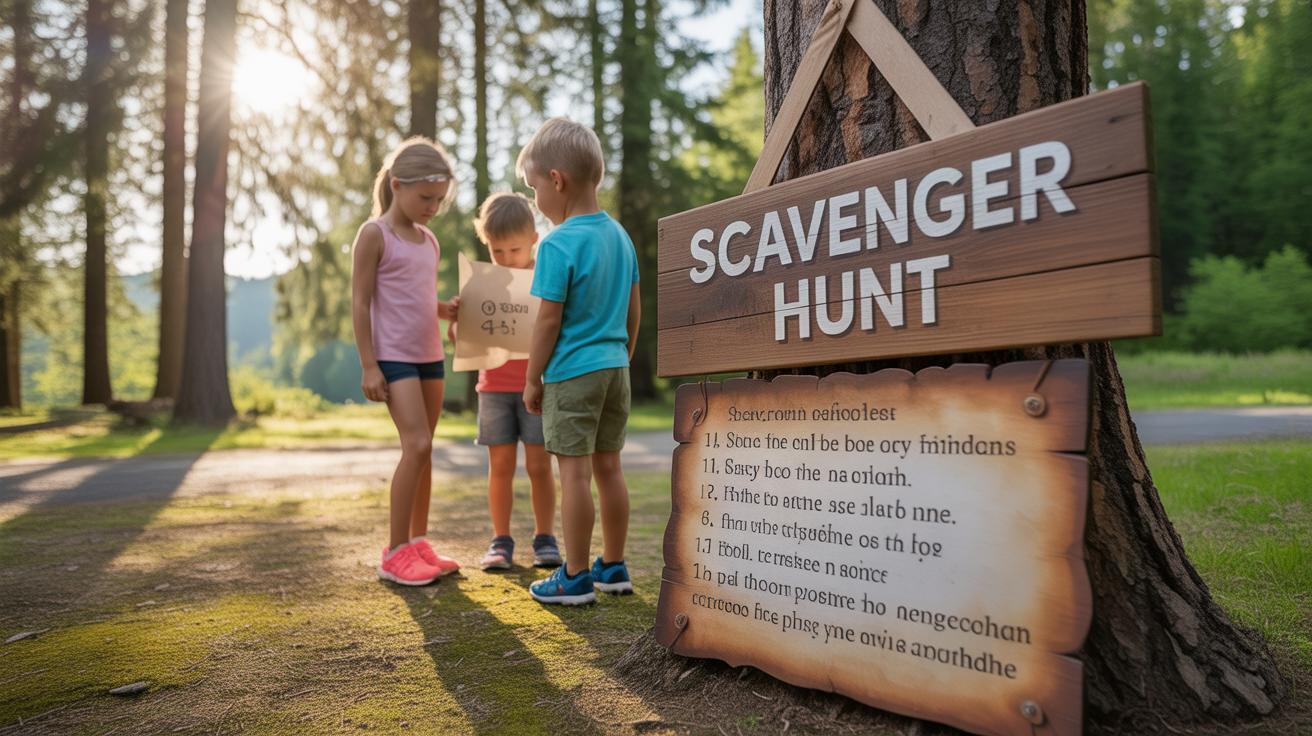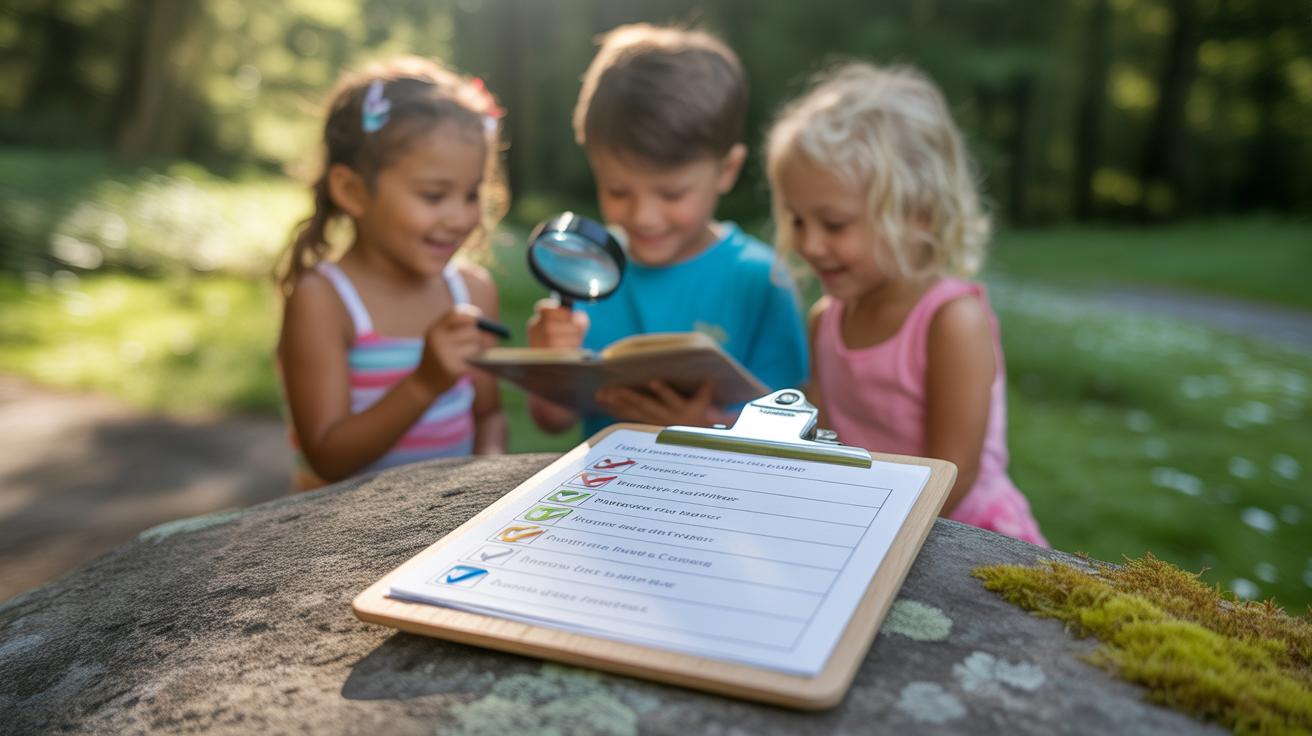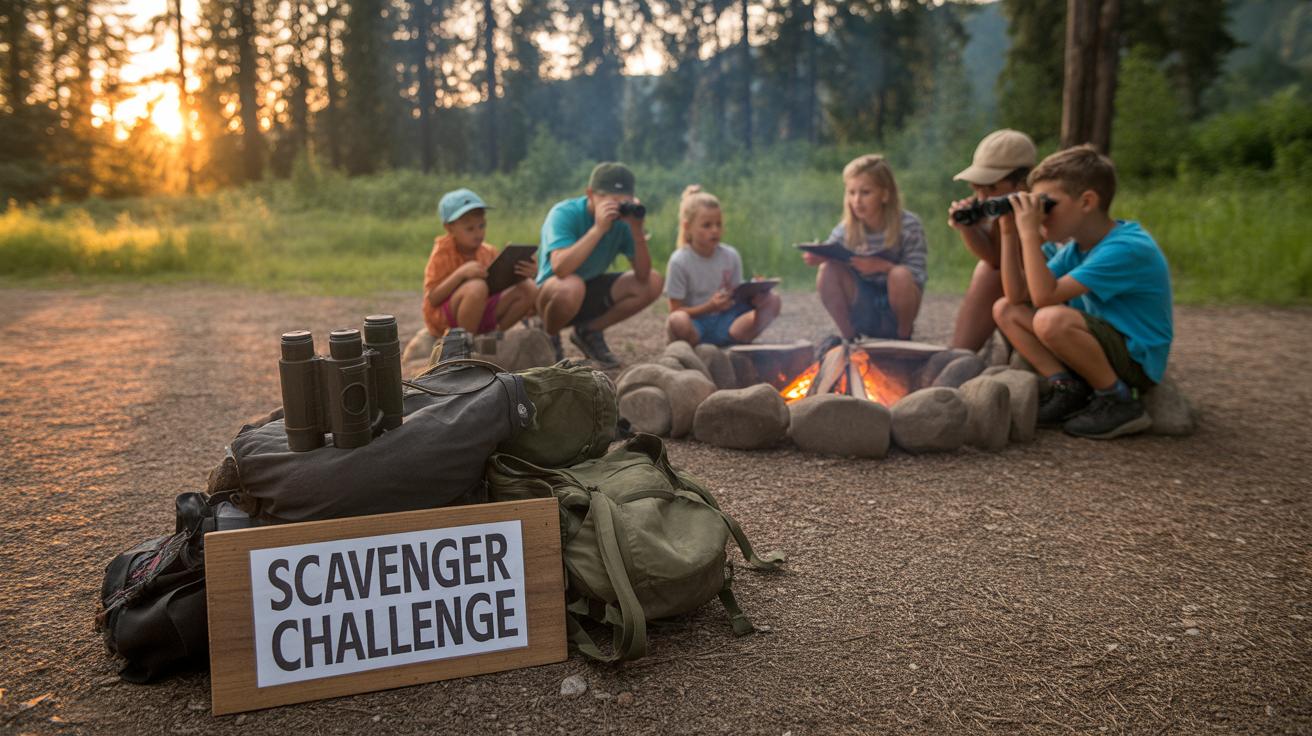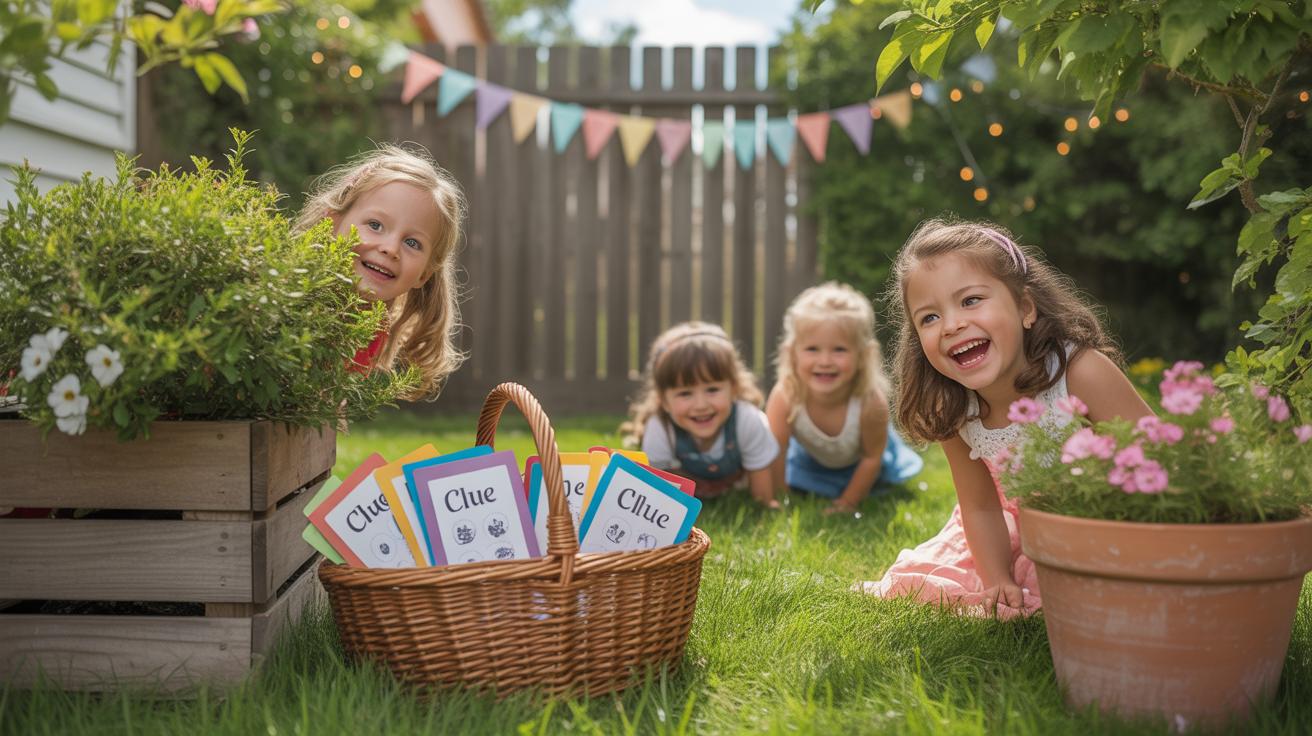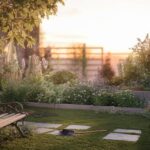Introduction
Photo scavenger hunts offer a fun way to explore and capture the beauty in your garden. This type of quest encourages you to seek specific items or scenes and document them through photos, turning your garden visit into an exciting adventure. It is suitable for all ages and helps you notice nature’s details that often go unseen.
In this article, you will learn how to organize a garden photo quest, what to look for, and how it can turn a simple walk into a memorable activity. You will also find tips to enhance your quest experience and keep it enjoyable and challenging.
Preparing for Your Garden Photo Quest
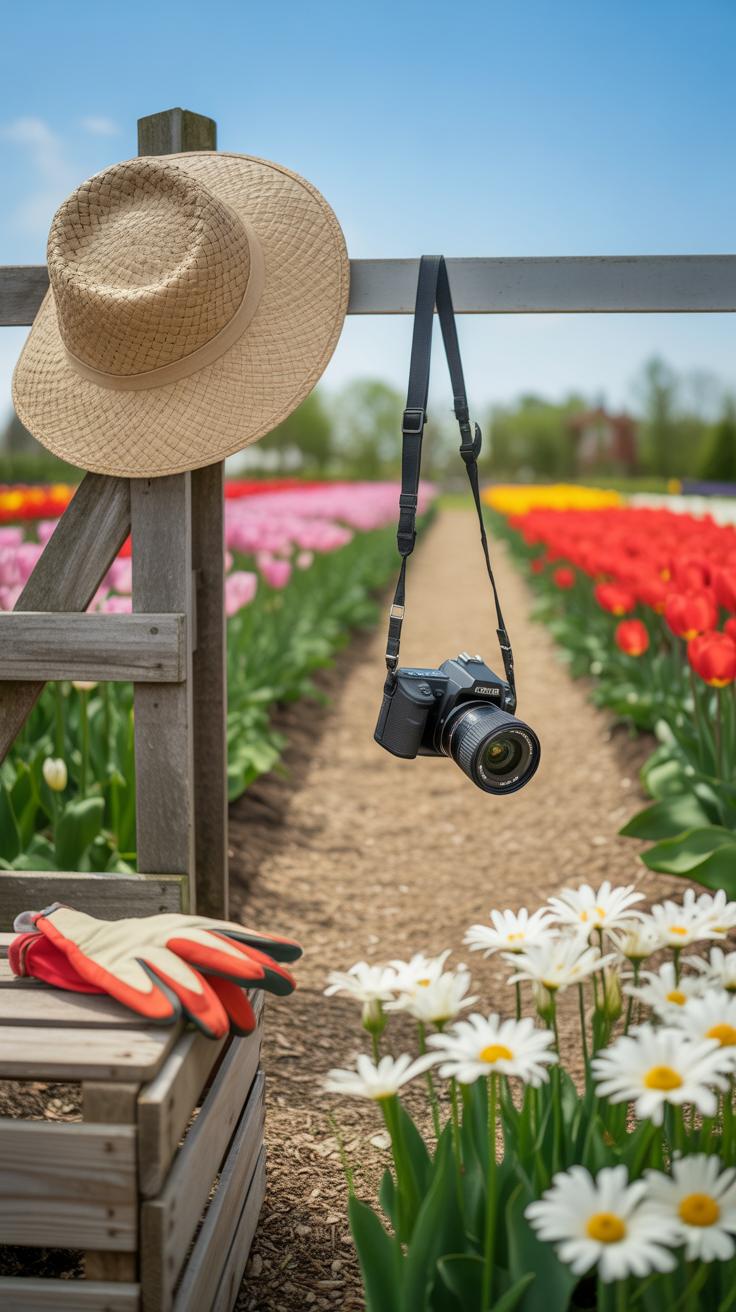
Before you head outside with your camera or phone, you’ll want to get a few things sorted to make your photo scavenger hunt run smoothly. First up, think about the list of items you want participants to find. The list should feel just right—not too long so it gets tiring, but not too short that it’s over in minutes. Writing down simple, clear descriptions helps a lot. For example, instead of “flower,” say “a flower with yellow petals” or “a flower buzzing with a bee.” This guides the eye without giving everything away.
Next, gather some essentials: a camera or smartphone, a notebook or printed list, and maybe a pen to tick off found items. You can also include a timer if you want to keep track or make it a bit of a race. Don’t forget comfortable shoes—gardens aren’t always perfectly even. Sometimes, a small magnifying glass can be a fun addition, especially if kids join in. It helps spot tiny details you might otherwise miss.
Think about the space too. Walk through the garden once before the actual hunt. You might spot some tricky areas where lighting is poor or paths are cluttered, so adjust your list accordingly. And, well, it’s okay if the list changes a bit last minute. Nature’s unpredictable, and what’s blooming or present one day might shift the next.
Lastly, set some simple rules that make sense for everyone playing. Should photos be taken close-up or wide-angle? Can the same item be counted multiple times? Decide these so the group knows what’s expected. Planning this way, you’ll keep the hunt fun and engaging without confusion.
Your Photo Quest in the Garden
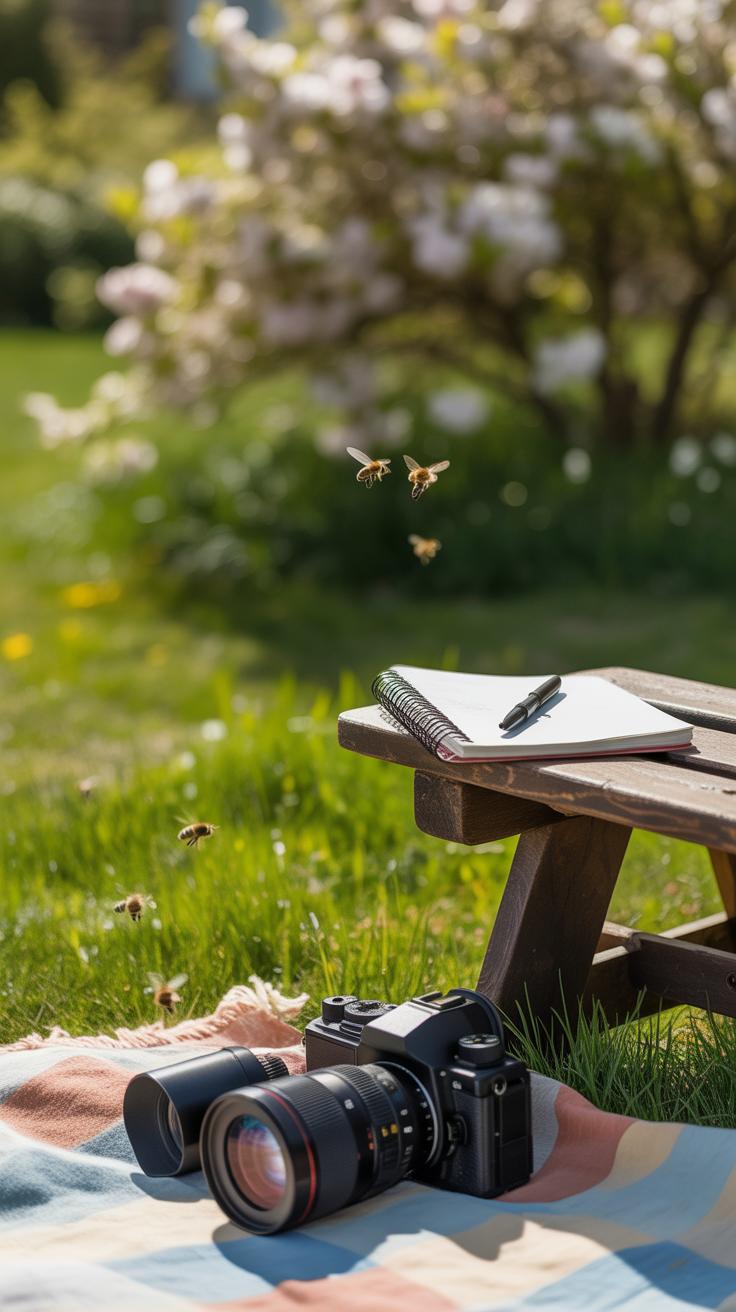
Getting ready for a garden photo scavenger hunt takes a bit of planning, but it’s part of the fun. First, you’ll want to gather materials that help keep things organized—think printed or digital lists for checking off items as you find them. Maybe a notepad or clipboard if you like marking things manually. This helps avoid that frustrating “Did I already take a picture of that flower?” feeling.
Next, plan your list carefully. You don’t want it too easy, or too tricky to keep everyone interested. Try mixing simple things like “a red flower” with more detailed targets like “a bug on a leaf.” This helps players with different skill levels stay engaged. When I did this once with friends, the list had a few surprise items, which kept us all guessing and more involved.
A few practical tips to organize: set a meeting spot, decide if you’ll hunt individually or in teams, and think about the approximate time everyone will need. Having a loose schedule actually keeps the momentum going, but don’t stress too much if it’s just a casual outing.
Creating Your Photo List
Choosing the right items to find feels like striking a balance between interest and variety. Include things that are visually distinct and easy to recognize. Maybe a bright butterfly, different types of leaves, or garden tools. I’ve found that including some “abstract” targets—like something shaped like a heart—makes people look closer and think differently.
Consider who’s playing. For kids, something simple and colorful works best. For adults, try adding more challenging items like “a spider web with dew.” You can even theme the list by seasons or types of plants if you want a fresh twist. Also, don’t hesitate to leave room for player creativity—maybe a bonus photo if they spot something unusual.
Gathering the Right Tools
Every player needs a camera or smartphone, obviously, but having a printed or digital checklist changes how smooth the hunt goes. Checking off items feels satisfying, and it cuts confusion. Some people bring magnifiers to get a closer look at tiny flowers or insects, which can be surprisingly helpful, especially with kids curious about details.
Binoculars might sound fancy for a garden, but they work for spotting birds or critters high up in trees. Extra batteries, memory space, or a small tripod for steady shots aren’t necessary, but they can improve the experience. Personally, I like carrying a small bag with these extras, just in case the garden throws something unexpected at me.
Setting Rules and Guidelines
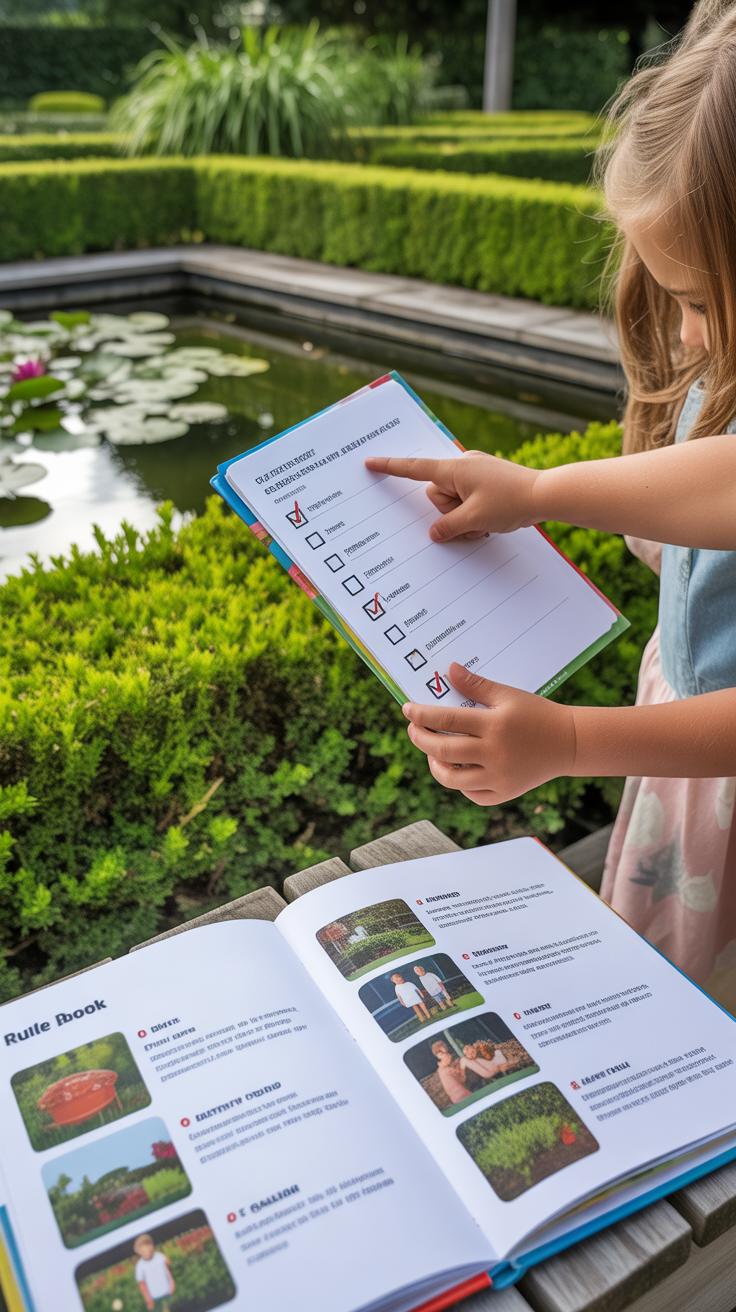
When organizing a garden photo scavenger hunt, setting clear rules helps keep things fun and fair. Without them, participants might get confused or even frustrated, and that’s the last thing you want. You’ll want to be specific about things like how much time everyone has, where they’re allowed to go, and how you’ll judge the photos.
Defining Boundaries
It’s actually surprising how much boundaries affect the experience. If you don’t define a clear area—say a particular section of the garden or specific types of plants to focus on—people can wander off, which might be unsafe or just distracting. Sometimes, boundaries aren’t physical but thematic, like only looking for green leaves or tiny insects. These limits keep participants focused and also prevent anyone from feeling lost or overwhelmed.
For example, I once watched a group roam way past the designated spot—they ended up near a busy parking lot, which wasn’t ideal. So yes, simple boundaries are a small thing that make a big difference.
Time Limits and Scoring Methods
The time limit can be tricky. Too short, and people feel rushed, missing out on good shots. Too long, and the excitement fades. Something around 30 to 60 minutes usually works well. You might start a timer and check in halfway, or let people choose when to finish within that window.
Scoring often depends on what you want to encourage—creativity, speed, or accuracy. Sometimes, it’s a mix:
- Creativity: Reward unique angles or clever framing.
- Accuracy: Points for matching the exact items on your list.
- Speed: Bonus points for those who finish quickly.
You could even let participants vote on their favorite photos. That tends to keep things lighthearted but competitive. After all, judging is subjective, and it’s fine if opinions vary a bit.
Capturing the Best Photos
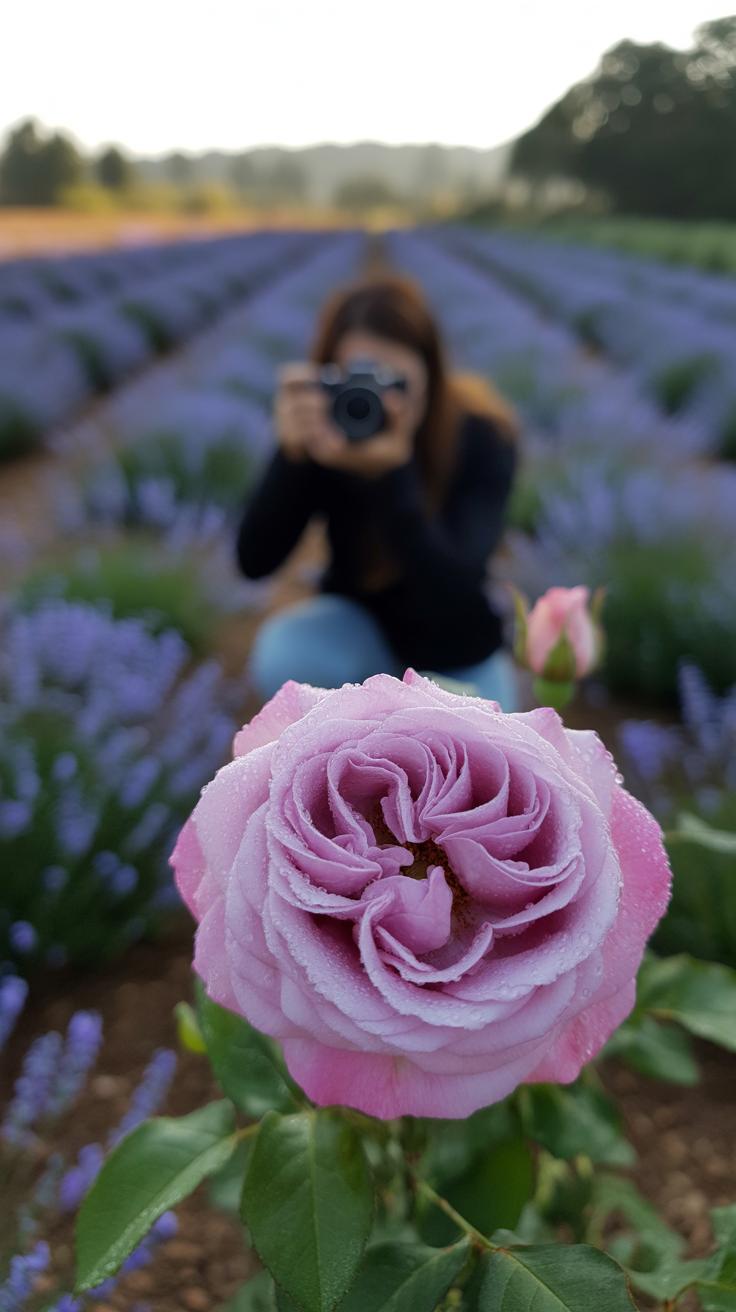
When you’re out on the photo scavenger hunt, getting a clear, appealing shot can feel tricky. Garden and nature photography might seem simple—just point and click—but there are a few basics that can really boost your results. First, natural light makes a huge difference. Early morning or late afternoon light tends to be softer and warmer, giving your photos a gentle glow without harsh shadows. Midday sun can be harsh; photos might look flat or washed out then. That said, sometimes bright sun works if you find a shady spot or use it to highlight textures.
Focus matters, especially for those tiny garden treasures. Try to zero in on the details—like the veins on a leaf, the dew on a petal, or the patterns on a butterfly’s wings. Getting close can reveal things the eye might miss. You could experiment with different angles, like shooting from below a flower or straight down onto a patch of moss. Don’t be afraid to play with depth, making the background blur slightly so your subject stands out. It’s almost like focusing your attention on hidden stories within the garden’s chaos.
Some gardeners or photographers might swear by tripods or fancy lenses, but don’t worry if you just have a phone. Steady hands and patience often do more. Check your screen for focus before snapping—sometimes tapping the screen helps the camera lock on the right spot. And remember, don’t rush. Sometimes the best shots come by waiting for a bird to land or a breeze to still just right.
Engaging Participants of All Ages
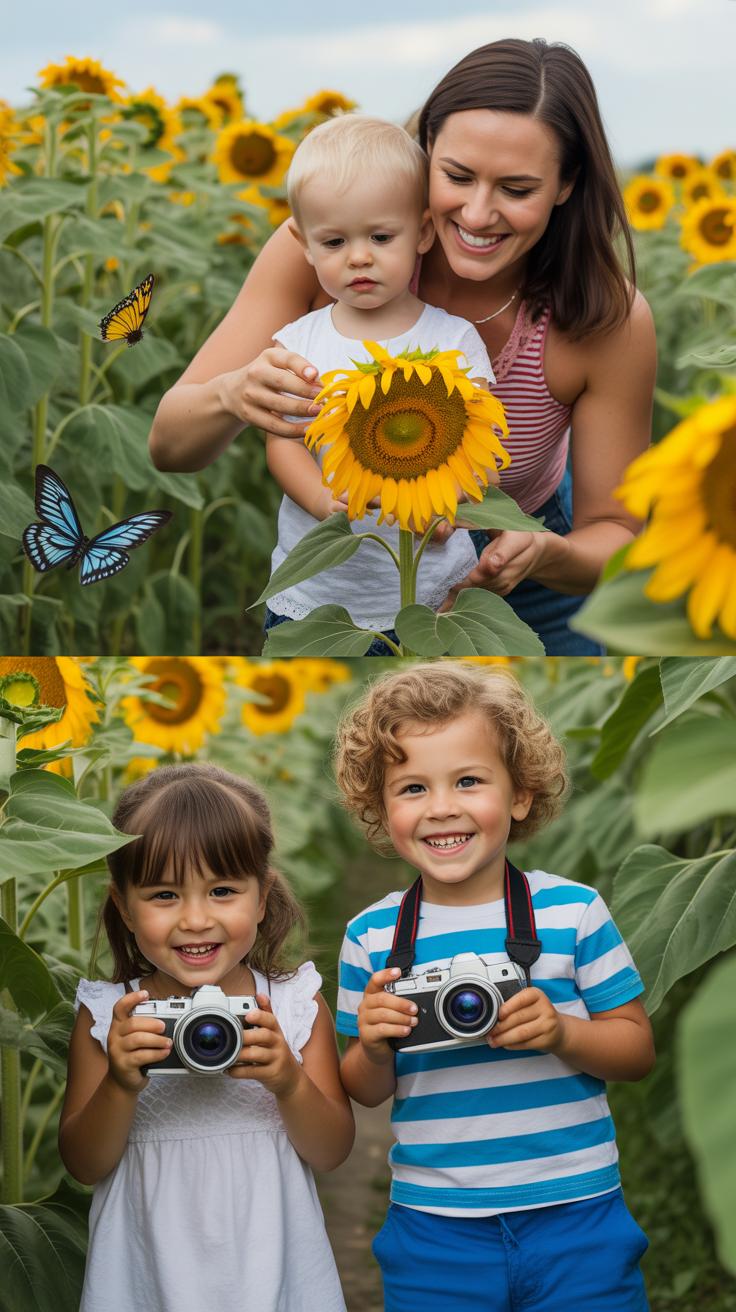
When setting up a garden photo scavenger hunt, you want everyone—kids and adults—to feel involved and excited. It’s not always easy because what thrills a child might bore an adult, and challenges suitable for grown-ups could frustrate younger ones. So, tailoring the experience becomes key.
Adapting the List for Different Ages
Think of your scavenger list as a flexible tool. For children, include simple, recognizable items like bright flowers, round leaves, or colorful insects. You can make it more playful—“find something fuzzy” or “capture a flower with five petals.” Adults might prefer more subtle subjects: specific plant species, textures, or unusual shadows. It’s tempting to create one big list, but splitting tasks by age or interest helps keep frustration low.
Sometimes, mixing the lists a bit works too. For example, families can pick mixed challenges, letting adults help kids spot harder items while children contribute with easier finds. The key is to let everyone feel successful, not stuck.
Encouraging Teamwork and Friendly Competition
Teams add a layer of connection and fun. Pairing people up—whether family, friends, or unlikely allies—turns the quest into a shared adventure. Teamwork can naturally balance skill levels, with adults guiding the younger ones without taking over completely.
Competition doesn’t have to be stressful. A gentle point system or small rewards can spark excitement without making someone feel left out. Sometimes seeing who spots the rarest bug or snaps the best photo lightens the mood. I’ve noticed that when the goal is just to enjoy and share, even the shyest participants open up.
Have you ever thought about how a little cooperation layered with a bit of challenge can change the way people connect with nature—and each other? That’s part of what makes a garden photo quest special.
Sharing and Celebrating Your Finds
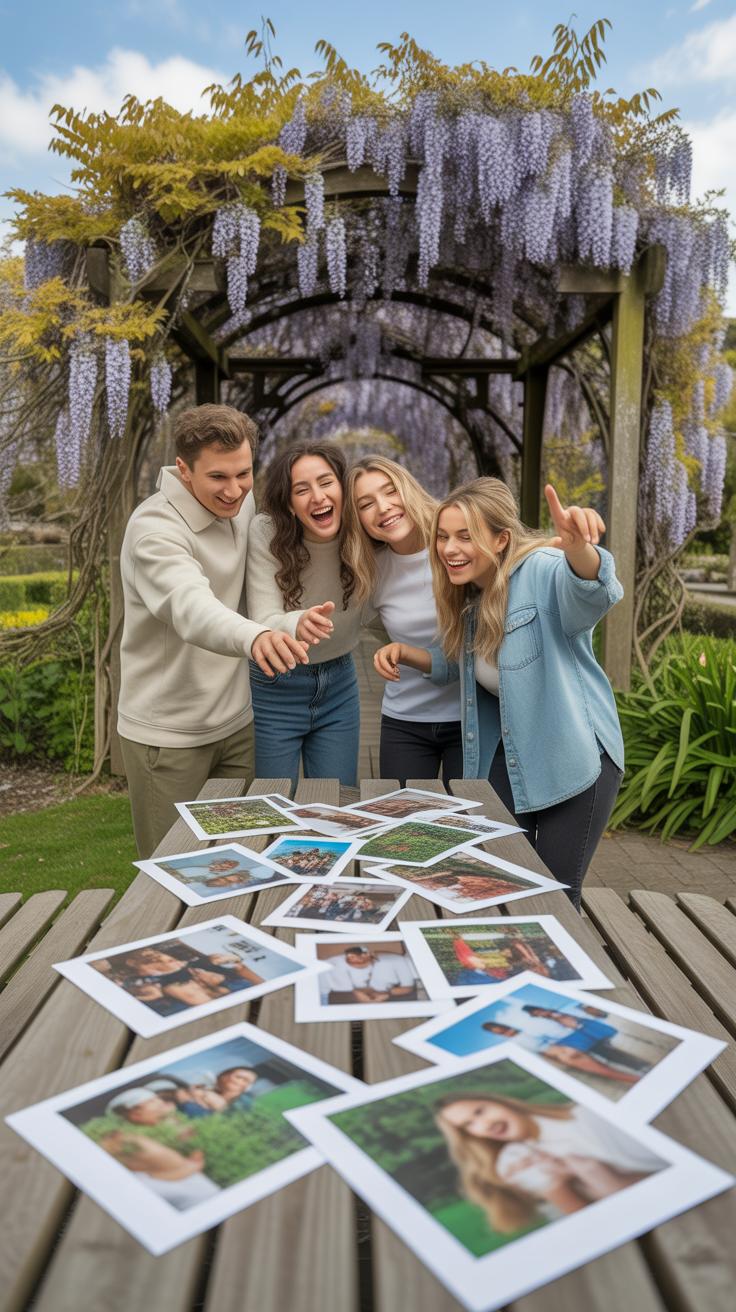
After a garden photo scavenger hunt, you’ve got a collection of interesting images. But what next? Sharing and displaying those photos can bring the whole experience to life in new ways.
One approach is to create a photo gallery that can be enjoyed by everyone involved. This might be as simple as a digital slideshow, which you can easily share online or during a gathering. Slideshows let you add some commentary or music, which gives the photos a bit more soul—or just some context, depending on how much time you have. If you prefer something tangible, printed photo albums remain a nice choice. They invite viewers to linger and flip through pages, almost like holding a little story in your hands.
Another option could be arranging the photos as a collage or mural on a community board or in a shared space. It’s fun to see all the different perspectives at once—and it sparks conversation.
Rewarding creativity doesn’t have to be flashy. Sometimes, a simple “Most Thoughtful Shot” or “Best Use of Light” certificate can go a long way. You might even create small prizes around themes, like “Best Close-Up” or “Funniest Find.” Recognition doesn’t always mean competition; it can focus on participation or quirky approaches instead of just technical skill.
Have you thought about how it feels when someone recognizes your unique take on something familiar? It’s often more motivating than you might expect. So, celebrating efforts—no matter the skill level—encourages everyone to keep exploring and enjoying nature through the lens.
Educational Benefits of Photo Scavenger Hunts
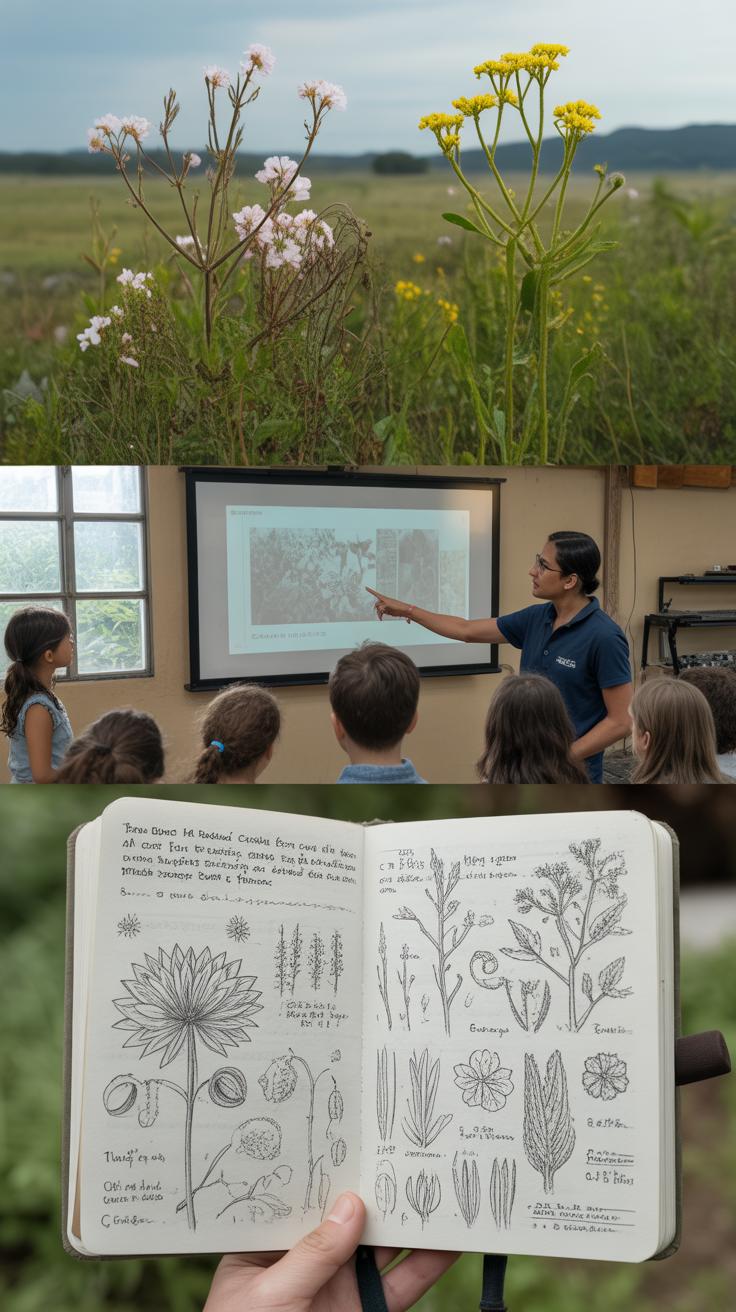
Photo scavenger hunts offer more than just fun; they quietly sharpen your observation skills. When you search for specific plants or insects, you start to notice details that usually go unnoticed—like the veins on a leaf or the subtle differences between two flowers. It’s almost like training your brain to pay closer attention to the world around you.
People often discover new facts about garden life during these hunts. Spotting a hummingbird or an unusual butterfly might lead you to wonder where it lives or what it eats. In fact, the game encourages you to learn about garden flora and fauna, even if that learning is just a quick “I wonder what that is?” moment. Sometimes, those little moments stick better than a formal lesson.
Besides nature itself, the hunt naturally improves photography skills. You’ll find yourself experimenting with angles, lighting, and focus without even realizing it. Trying to capture an insect in motion or the perfect sunlight on a flower demands patience and creativity. Over time, you might surprise yourself with how much your eye for composition improves—though it’s not always straightforward, and sometimes the shots don’t turn out as expected.
Each hunt pushes you to think creatively too. How do you frame a photo to tell a story? Should you zoom in for details or capture the bigger scene? These are subtle decisions that keep your brain engaged beyond just spotting items on a list.
Planning Recurring Photo Hunts
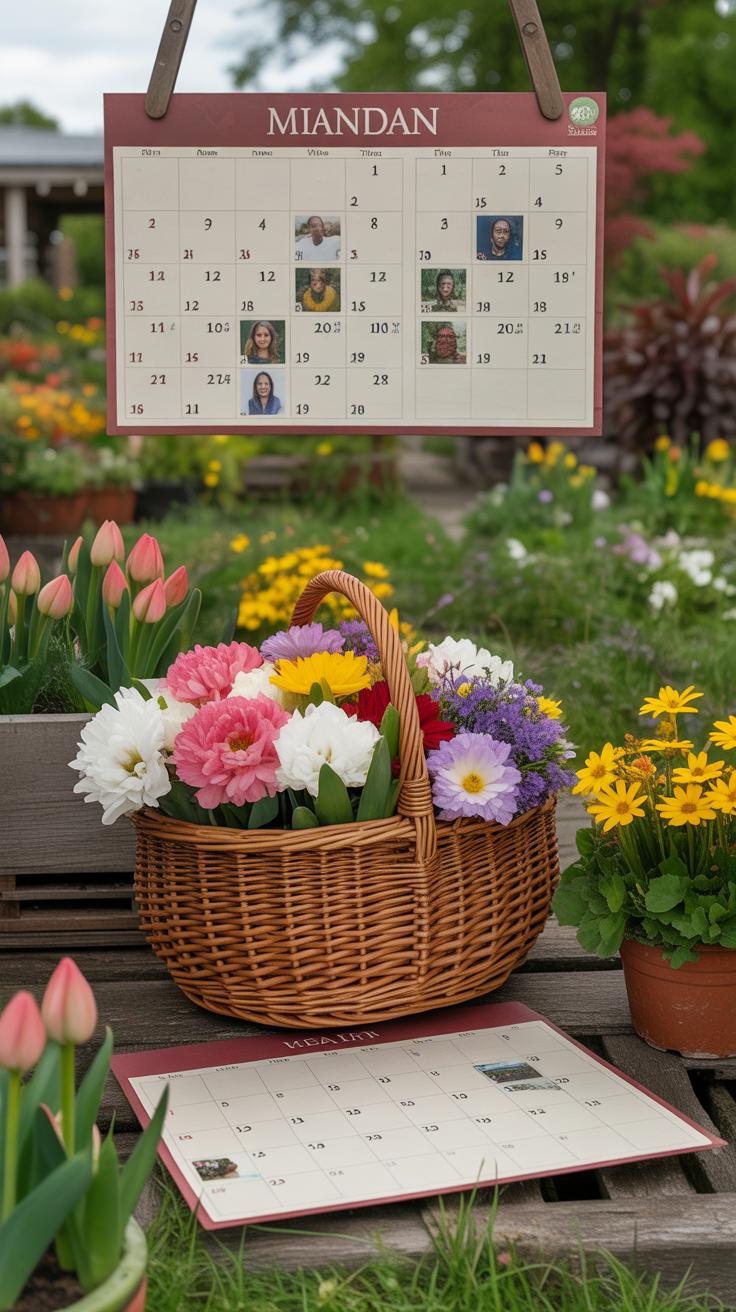
Running photo scavenger hunts regularly in a garden can be surprisingly rewarding, but it takes a bit of thought to keep them from feeling repetitive. The key is to mix things up without losing the core joy of discovery. For example, you might rotate themes or set different objectives for each event. One week could focus on textures—rough tree bark, soft petals. Another time, maybe zoom in on colors or patterns. It’s easy to think you’ve covered it all, but nature is generous with its variety, so fresh challenges come around often.
Inviting friends, family, or neighbors to join adds a social twist that motivates participation. When more people get involved, you begin to build a little community around the hunts. Sharing photos afterward sparks conversations, stories, and friendly competition that bring everyone back for more. You don’t need a formal club—sometimes a simple group chat or an email invite is enough to keep interest alive.
Keeping the hunts engaging means being willing to tweak rules or try new ideas, even if they don’t always work as hoped—that’s part of the fun. You might ask participants to capture the “quietest spot” or the “smallest insect.” These shifts challenge people to look differently at the garden, freeing everyone from routine. Ever thought about inviting local artists or photographers too? It might add new perspectives and energy. Planning these recurring hunts means constantly balancing structure with surprise, which can make every outing feel fresh again.
Conclusions
Garden photo quests combine the joy of discovery with creativity in photography. They sharpen your observation skills and invite you to connect with nature in a new way. By focusing on your camera lens, you notice patterns, colors, and life forms that might otherwise be missed.
Whether you are organizing a game for family, friends, or just yourself, the photo scavenger hunt brings excitement to outdoor time. It offers endless possibilities to learn, play, and appreciate your garden’s unique world. With your camera ready, each quest turns into a story captured frame by frame.


